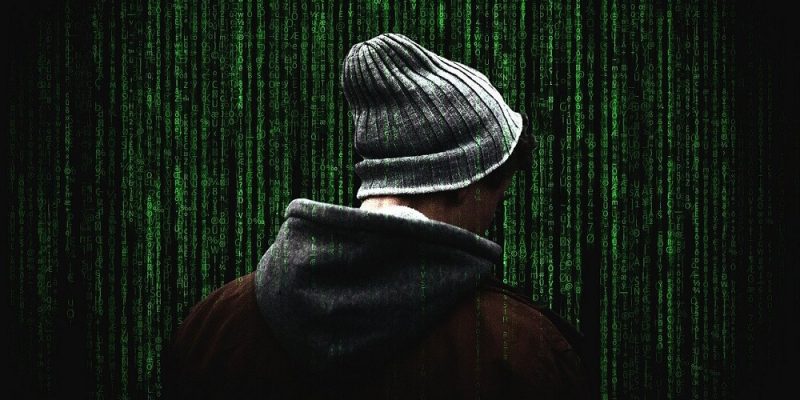 A 2020 approach to security: People matter
A 2020 approach to security: People matter
The information security industry frequently utilizes the phrase “people, processes and technology” (PPT) to describe a holistic model of securing the business. But though this phrase is repeated ad nauseum, we seem to have forgotten one of those three primary pillars: people. In an effort to secure things technically, we prioritize the protection of our…









